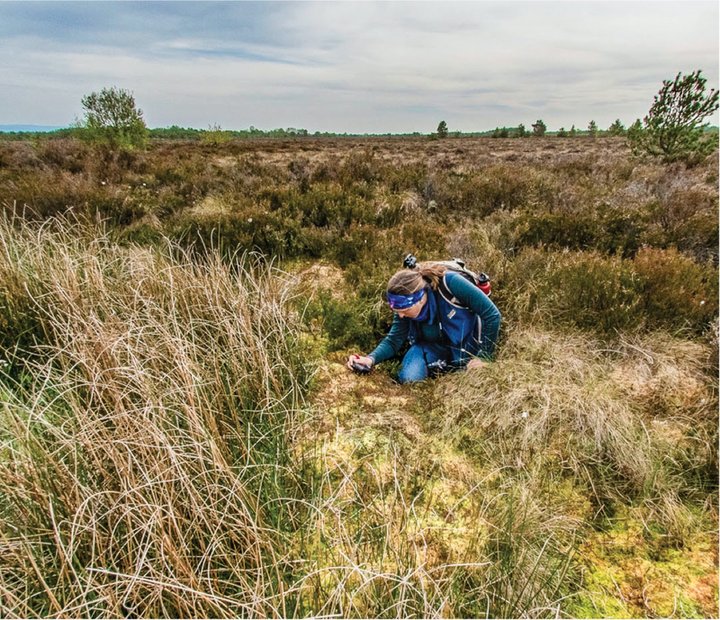
IphotographtheplantsIfindina bog.
"There'ssomethingmagicaboutit,"
saysJimMurphy.Iwouldagree.MurphylivesinKilkishen,Ireland.Heburnsturftoheathis home.
What’sturf?It’sasoilmadeupofdecayingplants.Itisalsocalledpeat.InIreland,peatcomesfrombogs.Theycover20percentofthecountry.I’mEmilyToner.Istudy bogs.
Abogisawetlandmadefromwaterandplants.Asasoil,itisdenseandrich.Walkingonabogfeelslike“walkingonwater.”That’sbecausebogsholdwater.Themossinbogsholdsupto
20timesitsweightin water.
Bogsalsoabsorbcarbondioxidefromtheair.ThislessensthegreenhouseeffectonEarth.How?Carbondioxidetrapsheat.ToomuchofthisgascancauseEarth’stemperaturesto rise.
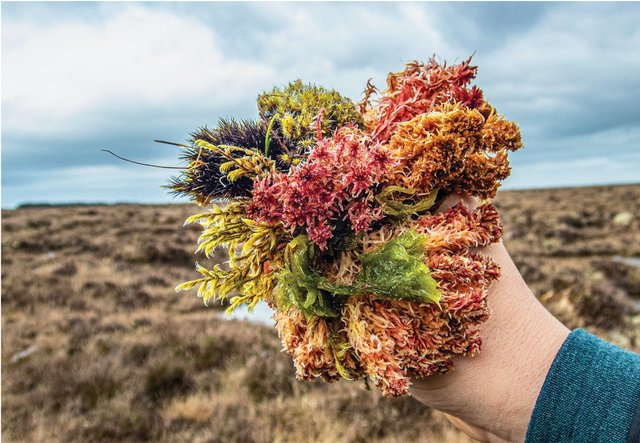
Thisisabouquetofbogmossescollectedfromone bog.

aclose-uplookatsphagnum moss
StoringCarbon
Bogstrapcarbonandkeepitinplace.ThathelpskeepEarth’stemperaturessteady.That’swhybogsarecalledcarbonsinks.Theystoretwicethecarbonthat’sheldin forests.
PeopleinIrelandhavealwaysreliedonbogsforsurvival.Wildberriesandotherplantscanprovidefood.Andpeatcutintobrickstoburnasfuelisstillamajor resource.
Sadly,mostofIreland’sbogshaveshrunk.Peopledraintheland.Theyuseitforfarmingandother things.
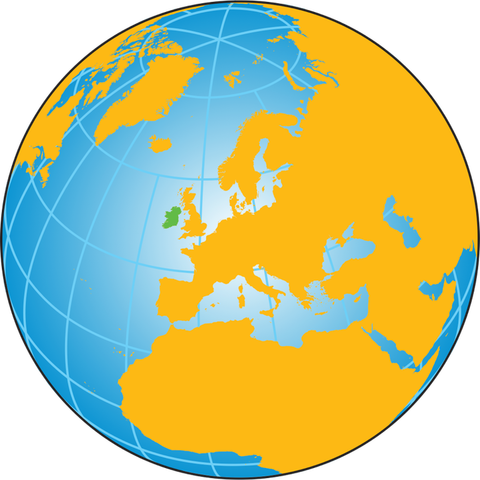
EUROPE
Atlantic
Ocean
Ireland
Atlantic
Ocean
Irish
Sea
WheretheBogsAre
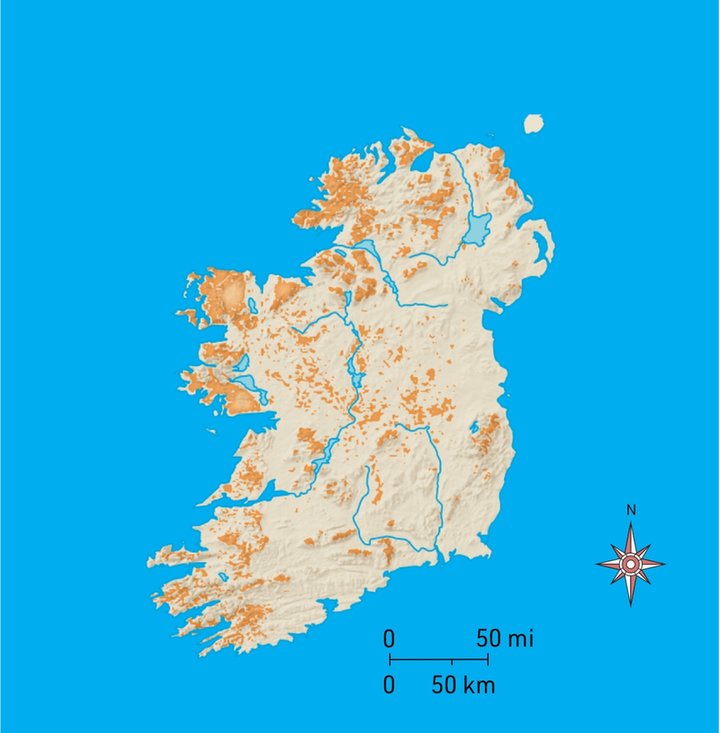
Ireland
HowRaisedBogsForm
AcommontypeofboginIrelandisaraisedbog.Theybegantoformafterthelasticeage10,000yearsago.Waterfilledinhollowsthathadbeenscrapedoutbyglaciers.Theyformedsmall lakes.
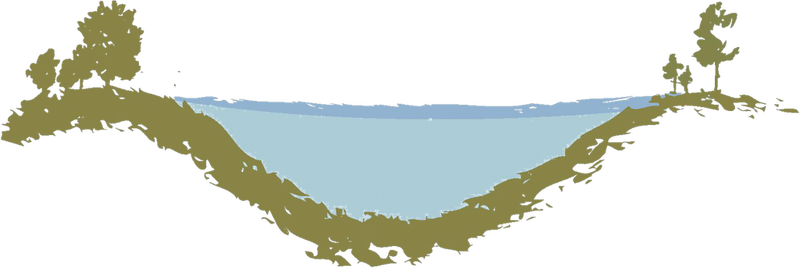
lake
HowRaisedBogsForm
Plantsgrewontheedgesofthelakes.Theseincludedreeds,grasses,andwildflowers.Astheydied,theybegantofillupthe lake.
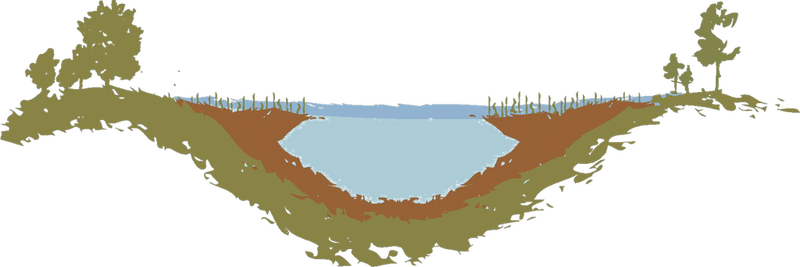
dead plants
HowRaisedBogsForm
Thedeadplantscreatedaspongymatcalleda fen.
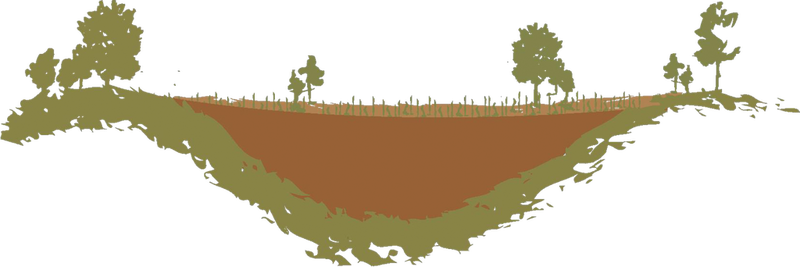
fen
HowRaisedBogsForm
Over time,thefenthickened.Plantrootsnolongermadecontactwiththegroundwater.Thewaterinthelakebecamemore acidic.

fen plants
HowRaisedBogsForm
Mossescansurviveinacidicwater.Sotheytookover.Theygrewabovethesurfaceofthelake.Theyreplacedthefenplants.Thisisaraised bog.
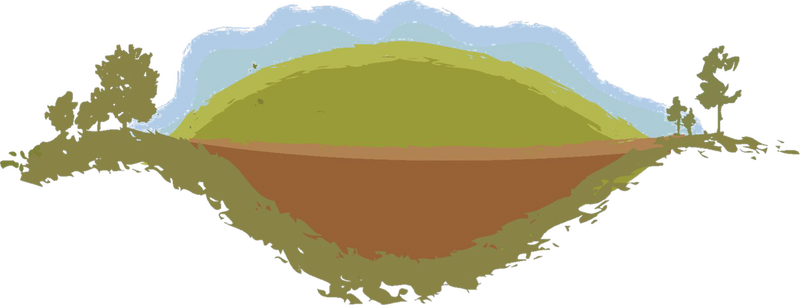
moss